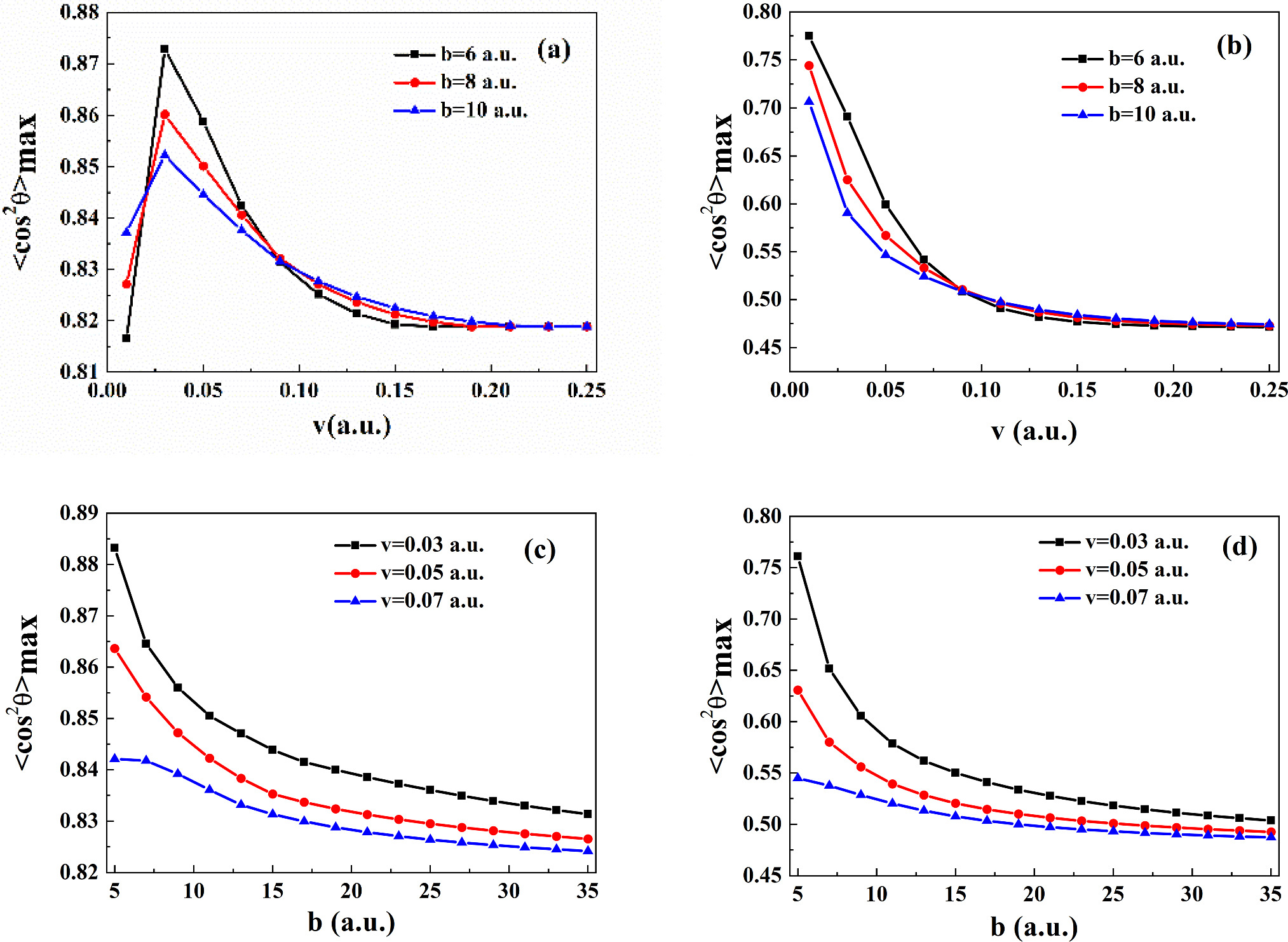https://doi.org/10.1140/epjd/s10053-024-00816-8
Regular Article - Atomic and Molecular Collisions
Molecular alignment induced by a collision with the regulation of super-Gaussian laser pulse
1
Lianyungang Normal College, 222006, Lianyungang, People’s Republic of China
2
College of Physical Science and Technology, Bohai University, 121000, Jinzhou, People’s Republic of China
3
School of Physics and Electronics, Shandong Normal University, 250358, Jinan, People’s Republic of China
a
gezw1210@163.com
c
qtmeng@sdnu.edu.cn
Received:
5
December
2023
Accepted:
7
February
2024
Published online:
12
March
2024
We present a theoretical research of ion collision influence on molecular alignment regulated by the super-Gaussian laser pulse. Relevant results show that the super-Gaussian laser pulse is superior to the Gaussian laser pulse in improving the degree of collision-induced alignment. The influence of impact parameter and collisional velocity on maximal alignment degree in both the in- and post-pulse cases is discussed. As a whole, the maximal alignment degree is decreasing with the increase of the collision interaction parameters. With the increase of laser intensity and duration time, the maximal alignment degree of both in- and post-pulse cases shows the oscillation characteristic. Appropriate laser shape parameter can enhance the alignment degree, which is more obvious during the pulse. Moreover, the influence of temperature on collision-induced molecular alignment degree is also analysed.
A correction to this article is available online at https://doi.org/10.1140/epjd/s10053-024-00832-8.
Copyright comment Springer Nature or its licensor (e.g. a society or other partner) holds exclusive rights to this article under a publishing agreement with the author(s) or other rightsholder(s); author self-archiving of the accepted manuscript version of this article is solely governed by the terms of such publishing agreement and applicable law.
© The Author(s), under exclusive licence to EDP Sciences, SIF and Springer-Verlag GmbH Germany, part of Springer Nature 2024. Springer Nature or its licensor (e.g. a society or other partner) holds exclusive rights to this article under a publishing agreement with the author(s) or other rightsholder(s); author self-archiving of the accepted manuscript version of this article is solely governed by the terms of such publishing agreement and applicable law.





